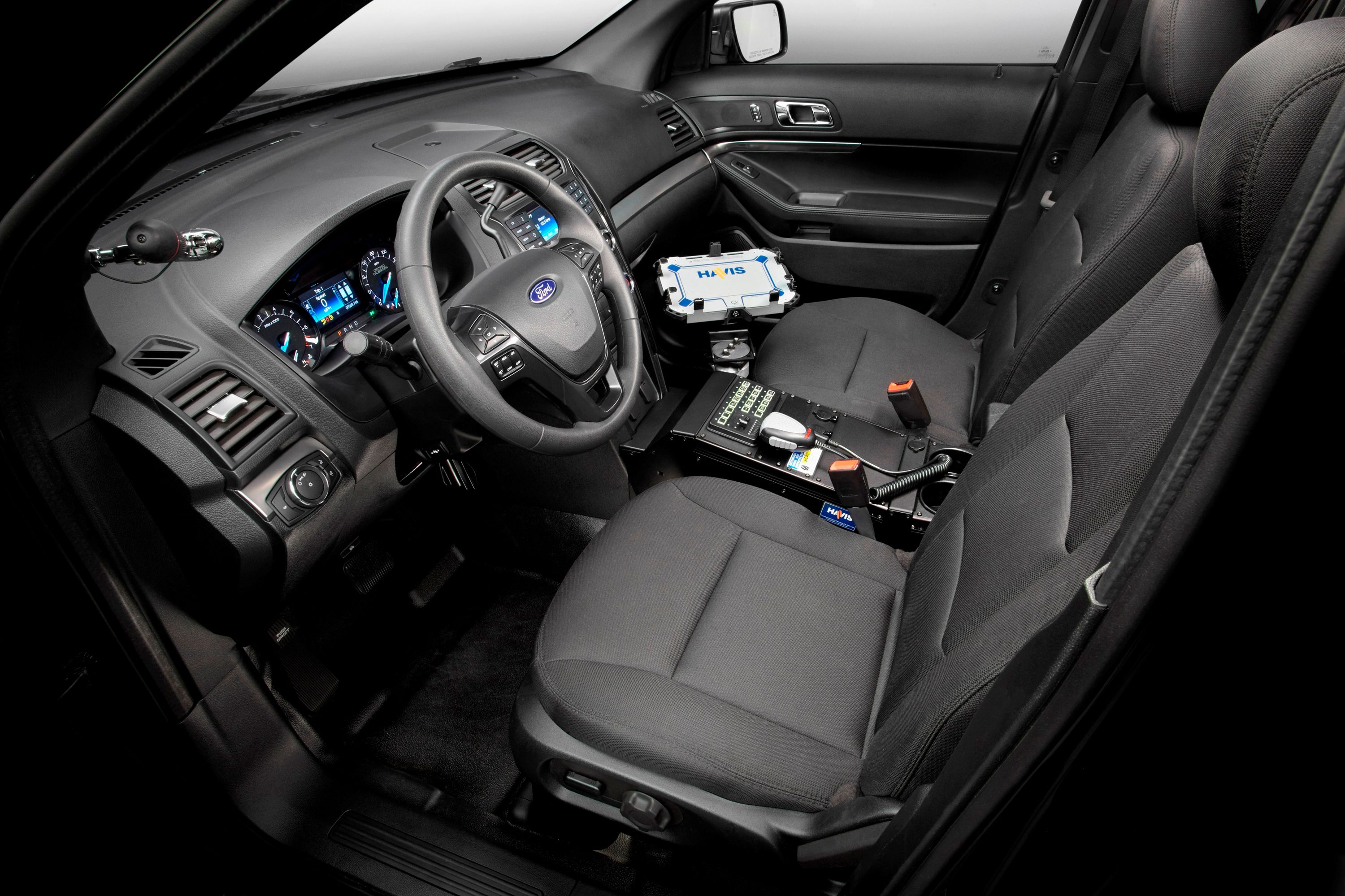
Over the past few years, chances are you've been seeing more and more Ford Interceptor Utility police cars in your cities. Like its GM and FCA rivals, Ford sees police cars as big business and the Explorer-based Interceptor Utility has been particularly profitable for the Blue Oval. As the current generation Explorer will soon make way for a successor, the police variant has received yet another update for the 2020 model year. Ford claims the new 2020 Interceptor Utility is not only America's best-selling cop car but also the fastest.
With the optional 3.0-liter EcoBoost V6 hybrid powertrain under the hood and further aided by all-wheel drive, the Interceptor Utility now has the fastest 0-60 and 0-100 mph times, along with the fastest lap and fastest average lap. Top speed was clocked at 150 mph.
This test data does comes from the Michigan State Police and proves the hybrid Police Interceptor is capable of outperforming the current 3.7-liter V6, also with AWD. Not surprisingly, the updated SUV also beats other V8-powered cop cars – both SUVs and sedans.
"The all-new 2020 Police Interceptor Utility offers significant potential fuel savings with no trade-offs in safety, passenger or cargo space – on top of bringing improved performance," said Stephen Tyler, Ford's police brand marketing chief.
Official EPA figures have yet to be released, but there is a projected fuel economy of at least 24 mpg, a nearly 40 percent improvement over the current V6.
And, of course, that will translate into further cost savings for America's police departments. The fuel economy gains, combined with additional fuel savings from reduced engine idling time, could save up to $3,500 per vehicle in annual fuel bills. Not so impressed? Well, Ford did some additional math. If that fuel saving was applied to every single Interceptor Utility sold only in 2017, that means more than $126 million at $2.93 a gallon could have been shaved off fuel bills. That's more than 43 million gallons of fuel.







